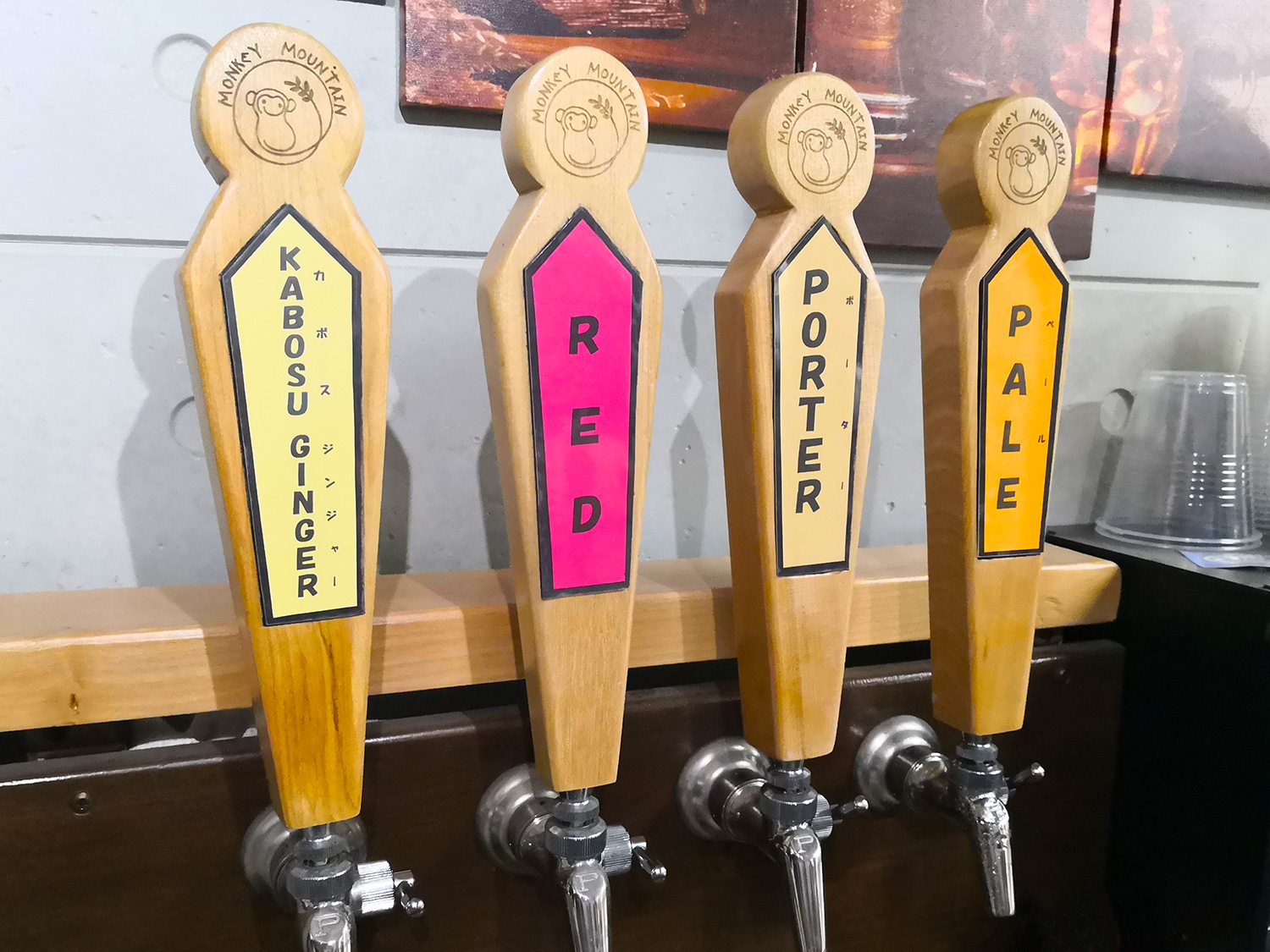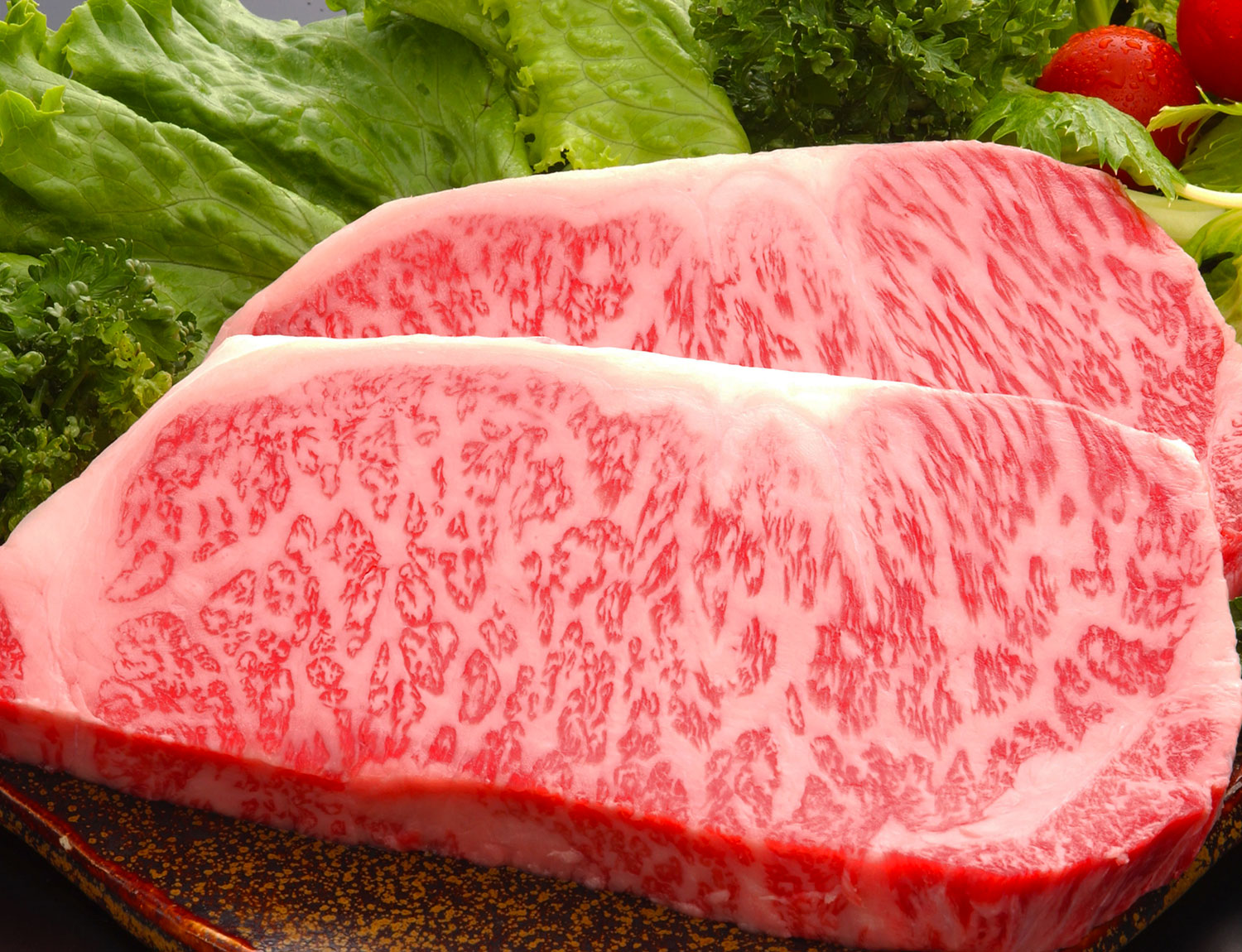
Monkey Mountain Craft Brewery
The Monkey Mountain Craft Beer brewery is one of those pocket-sized delights that Japan as a whole…

Wagyu marbled beef has earned a well-deserved reputation for exquisite taste, texture, and tenderness, and Bungo-gyu, wagyu cattle raised in Oita, has a reputation for being amongst the best in Japan. At the 2017 Wagyu Olympics, a highly anticipated and competitive event held every five years, Oita’s breeding cows took top prize with the Prime Minister’s trophy. More honours came in the event’s other eight judged categories, winning the prefecture third place overall out of the competing 39 prefectures.
Wagyu, which literally translates as Japanese cattle or Japanese beef, is symbolic of the quality of food found in Japan. It has its roots in the cross-breeding of native cattle, which were only used as draft animals, with imported dairy and beef breeds in the Meiji Period (1868-1912). From 1912, breeding emphasised the raising of dual-purpose draft-beef livestock, an effort that led, in 1948, to the evolution and official registering of the Kuroge Japanese Black, Mukaku Japanese Polled, and Akage Japanese Brown (sometimes also known as Japanese Red) breeds. The Nihon Tankaku Japanese Shorthorn was added in 1957. Since then, only these breeds, or offspring crossed bred from these four, are recognised as wagyu, although the reality is that Kuroge Japanese Black comprises 90% of the nation’s herd of these fine cattle.
The 1960s saw the motorisation of farming and transport led to the demise of cattle as pack animals, and also the growth of beef in the Japanese diet. Since then, breeding has focused squarely on perfecting what has become wagyu’s highly prized qualities of tenderness, juiciness, umami savoury flavour and the fineness of fat marbling.
Today, a complex and stringent system of categorisation, traceability and quality assessments ensure Japan’s wagyu is one of, if not, the finest beef found anywhere in the world. Wagyu is measured according to such scales as the Beef Marbling Standard (BMS) from 1 through to 12, where 8 to 12 are only allotted to the wagyu grades; the Beef Color Standard (BMS) of 1 to 7, where 3 through 5 are wagyu essentials; the Beef Fat Standard of 1 to 7, where 1 through 4 delineate the best grades of lustre, flavour and fragrance of wagyu’s signature visual characteristic. To these are added further assessments of brightness, firmness and texture. Only the best meat, which has to be raised in Japan, is attributed with wagyu status
Wagyu’s official origins in Oita date back to 1918, when the Bungo-gyu name was registered. Chiyoyama was an Oita bull that became national champion in 1921 setting the trend to this day for the quality of the cattle raised in the prefecture.
Raising wagyu is an artisanal craft that culminates in a highly prized gastronomic experience, one that literally melts in your mouth. The whole experience starts with a fine appealing aroma emanating from wagyu’s fine marbled fat as it melts over a low heat. The fat also gives the meat a creamy lush flavour and succulent texture, qualities that mean wagyu is best savoured in smaller portions to avoid overloading the palate and stomach. Not surprisingly, Oita has many restaurants serving wagyu in differing styles including Ginzantei, Chambre A Sourire, Kappo Dining Sajiki-za, Bungo Steak Somuri and Nanbantei.